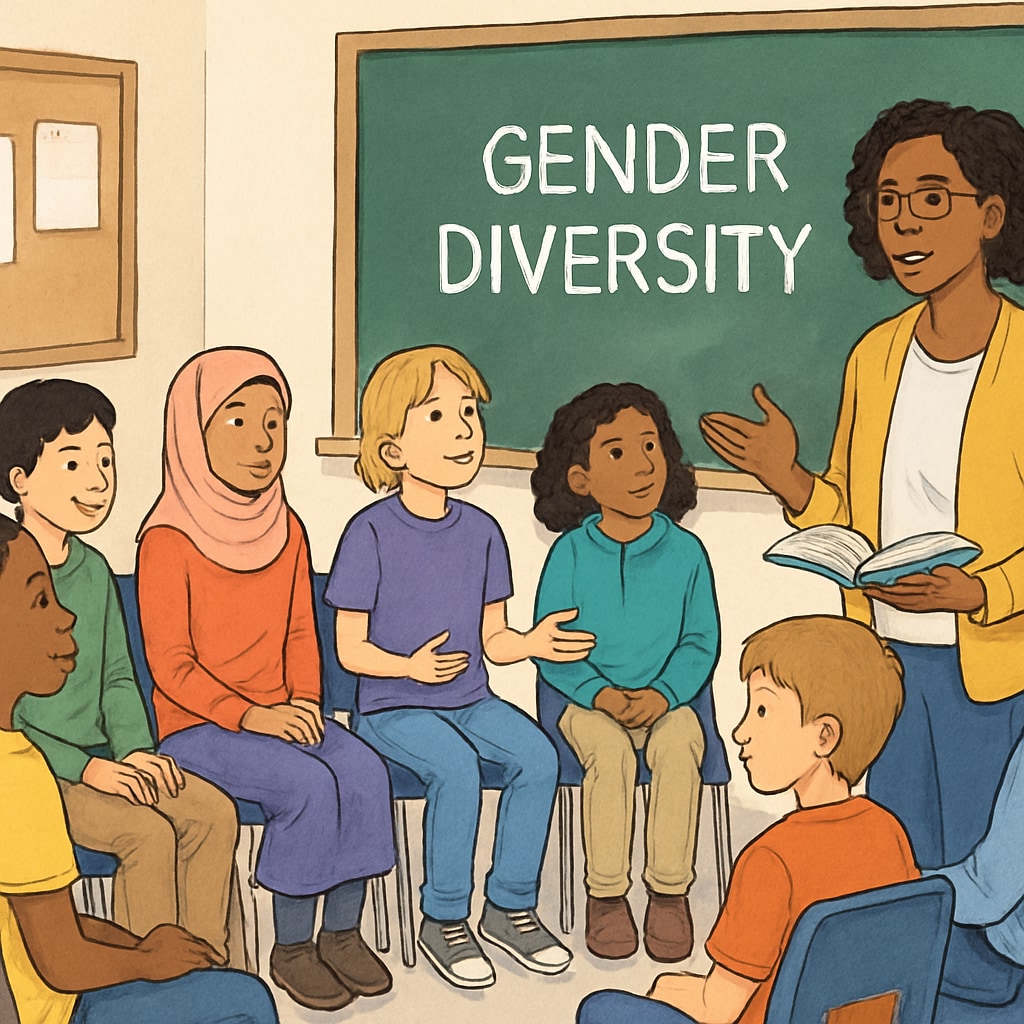Brown University’s recent agreement with the Trump administration regarding the binary definition of gender under Executive Order 14186 has sparked widespread discussion. While this policy primarily impacts higher education, its effects ripple into K-12 educational systems, raising critical questions about the rights and protections of transgender students. In this article, we explore how this policy influences both university campuses and primary and secondary schools, and we provide insights into how educators can safeguard the learning environment for all students.

Understanding Executive Order 14186 and Its Implications
Executive Order 14186, signed during the Trump administration, seeks to define gender strictly as male or female based on biological characteristics. This binary approach clashes with the lived experiences of many transgender and nonbinary individuals and raises concerns about discrimination in education. Brown University’s acceptance of this definition through their agreement has highlighted how such policies can affect institutional practices and student support systems.
For K-12 schools, the implications are profound. Policies that enforce binary gender definitions risk alienating transgender students and may lead to the erosion of inclusive practices that many schools have worked hard to establish. For example, restroom access, sports participation, and gender-inclusive curricula could be restricted under this binary framework.
Impact on K-12 Students and Learning Environments
The K-12 educational system serves as a critical foundation for young people’s development, and fostering an inclusive environment is essential for their academic success and emotional well-being. Policies stemming from Executive Order 14186 could adversely affect transgender students by limiting their ability to express their identities freely and access equitable resources.
Research has shown that transgender students are more likely to face bullying, mental health challenges, and academic hurdles when their identities are not validated. Schools that adopt binary gender policies risk exacerbating these issues, potentially leading to higher dropout rates and lower student engagement. Educators and administrators must carefully consider how these policies intersect with their legal and ethical obligations to protect students.

How Educators Can Respond to These Challenges
Despite the challenges posed by policies like Executive Order 14186, educators have tools and strategies to create supportive environments for transgender students. Here are some actionable steps:
- Advocate for Gender-Inclusive Policies: Push for school-wide policies that acknowledge and respect diverse gender identities, such as inclusive restroom access and nonbinary options in school forms.
- Provide Professional Development: Offer training for staff to better understand gender diversity and address the specific needs of transgender students.
- Foster Safe Spaces: Create spaces where students can discuss their identities without fear of judgment or discrimination.
- Encourage Peer Support: Establish programs like LGBTQ+ clubs to provide social support and foster understanding among students.
By implementing these strategies, educators can mitigate the negative effects of restrictive gender policies and ensure that every student has the opportunity to thrive academically and socially.
Looking Ahead: Policy and Advocacy
As debates surrounding gender identity and education policy continue, the role of advocacy becomes increasingly important. Organizations dedicated to LGBTQ+ rights, such as GLSEN (GLSEN) and the Human Rights Campaign (Human Rights Campaign), offer valuable resources for educators and schools seeking to promote inclusivity.
At the legislative level, policymakers must consider the voices of transgender students and their families as they shape education laws. Collaboration between K-12 schools, universities, and advocacy groups can create broader systems of support that transcend the limitations of current policies like Executive Order 14186.
Ultimately, education should be a space where every student feels seen, valued, and empowered. By remaining committed to inclusivity and equity, educators and institutions can counteract the challenges posed by restrictive gender definitions and build a brighter future for all students.


